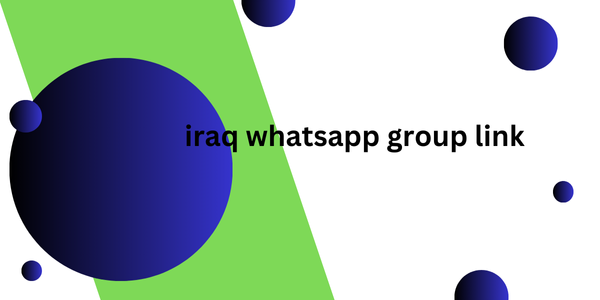Different Customer Segmentation Models
Posted: Sat Dec 21, 2024 4:51 am
The key advantage of smart segmentation over other techniques is that it allows marketers to allocate resources better. If you have an idea of what prospects will complete in-app purchases, then you know iraq whatsapp group link which user segment is worth investing in and can find a way to monetize those unlikely-to-buy users.
A segmentation model is a framework or approach used to categorize a target audience or customer base into distinct groups or segments based on specific criteria. A segmentation model typically involves using different customer data types and analytical techniques to identify meaningful patterns and characteristics among customers.
Here are the most common segmentation models you can use to create distinct groups of users:
Demographic
This model divides customer profiles based on demographic factors such as age, gender, income, occupation, education level, and marital status.
Geographic
This customer segmentation model divides customers based on their geographic location, such as country, region, city, or neighborhood.
Psychographic

This model categorizes customers based on their lifestyles, attitudes, values, interests, and personality traits. It goes beyond basic demographics to understand the motivations and preferences.
Behavioral
Behavioral segmentation groups customers based on their past behaviors, actions, and interactions with an app. It considers factors like purchase history, browsing behavior, frequency of purchases, loyalty, and engagement with marketing campaigns.
Benefit
A segmentation model is a framework or approach used to categorize a target audience or customer base into distinct groups or segments based on specific criteria. A segmentation model typically involves using different customer data types and analytical techniques to identify meaningful patterns and characteristics among customers.
Here are the most common segmentation models you can use to create distinct groups of users:
Demographic
This model divides customer profiles based on demographic factors such as age, gender, income, occupation, education level, and marital status.
Geographic
This customer segmentation model divides customers based on their geographic location, such as country, region, city, or neighborhood.
Psychographic

This model categorizes customers based on their lifestyles, attitudes, values, interests, and personality traits. It goes beyond basic demographics to understand the motivations and preferences.
Behavioral
Behavioral segmentation groups customers based on their past behaviors, actions, and interactions with an app. It considers factors like purchase history, browsing behavior, frequency of purchases, loyalty, and engagement with marketing campaigns.
Benefit